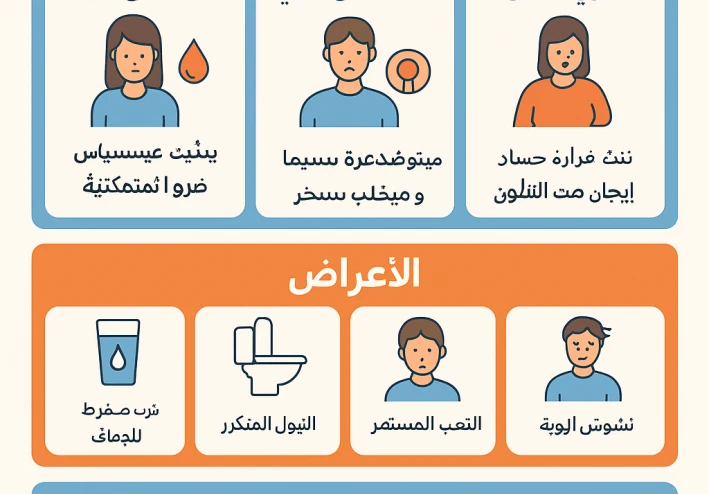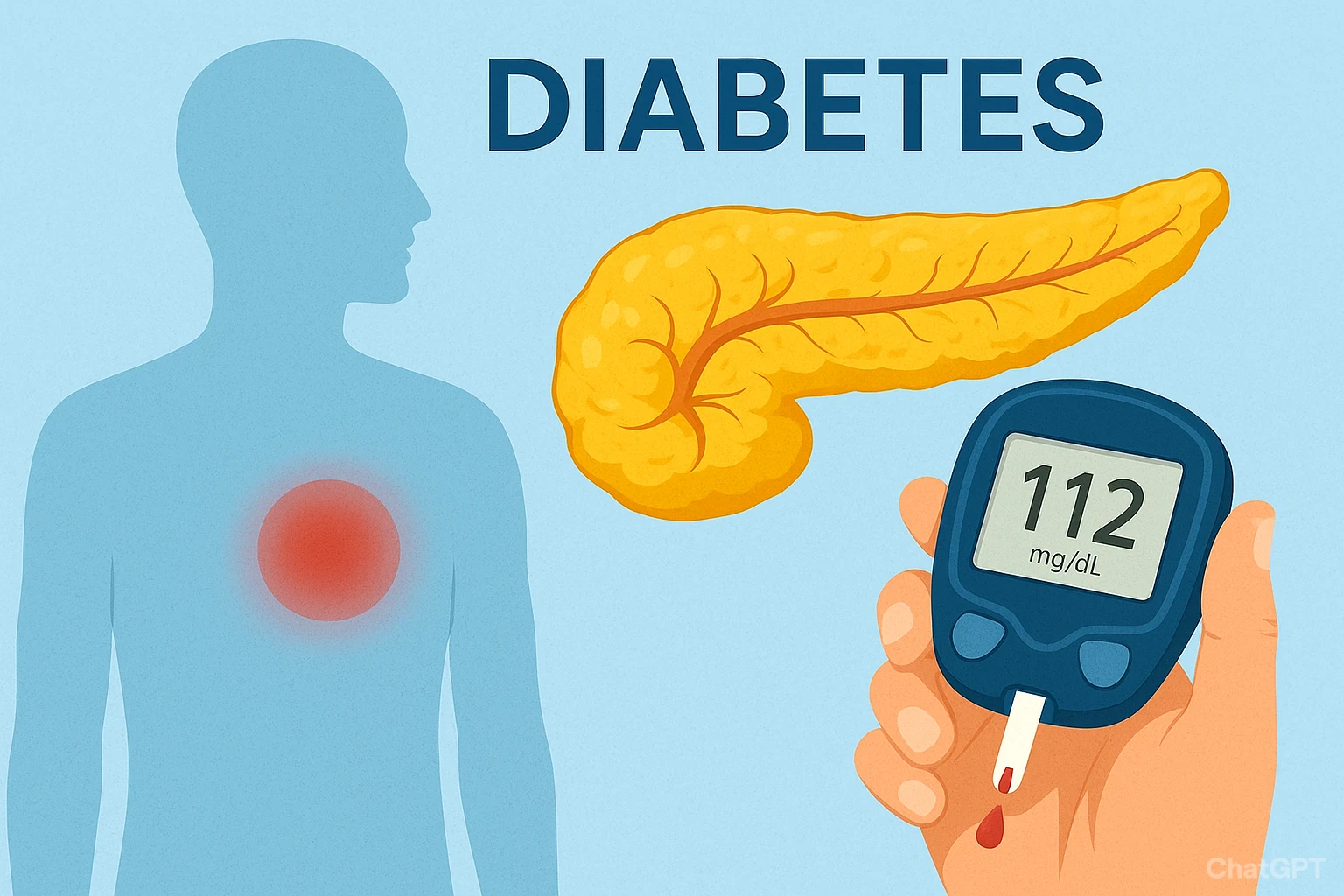
Diabetes (a chronic disease)
Diabetes and Its Types
Introduction
Diabetes Mellitus is one of the most common chronic diseases worldwide, affecting millions of people of all ages. It occurs when the body fails to produce enough insulin or cannot use it effectively, leading to high blood sugar levels (hyperglycemia) and potentially serious complications if not properly managed.
---
Types of Diabetes
Diabetes can be classified into three main types:
1. Type 1 Diabetes
Also known as juvenile diabetes or insulin-dependent diabetes.
It occurs when the immune system attacks and destroys the beta cells in the pancreas that produce insulin.
Patients need lifelong insulin injections to maintain normal blood sugar levels.
It often appears in childhood or adolescence, but can also affect adults.
2. Type 2 Diabetes
The most common type of diabetes.
It results from insulin resistance or insufficient insulin production by the pancreas.
Often linked to unhealthy lifestyle habits such as obesity, lack of physical activity, and diets high in sugars and fats.
Can be managed through healthy eating, weight loss, exercise, and oral medications; in some cases, insulin therapy is required.
3. Gestational Diabetes
Develops in some women during pregnancy due to hormonal changes.
Usually disappears after delivery, but the mother remains at higher risk of developing Type 2 diabetes later in life.
Requires close medical monitoring to protect both mother and baby from complications.
---
Common Symptoms of Diabetes
Excessive thirst and frequent urination.
Unexplained weight loss.
Constant fatigue.
Blurred vision.
Slow-healing wounds.
Recurrent infections of the skin or gums.
---
Possible Complications
If not properly controlled, diabetes can lead to serious complications, including:
Cardiovascular diseases.
Kidney failure.
Diabetic neuropathy (nerve damage).
Vision loss (diabetic retinopathy).
Diabetic foot, which in severe cases may lead to amputation.
---
Prevention and Management
Following a healthy diet rich in fiber and vegetables, and low in sugars.
Engaging in regular physical activity.
Maintaining a healthy weight.
Monitoring blood sugar levels regularly.
Avoiding smoking and alcohol consumption.
Diagnosis
Diabetes is diagnosed using specific blood tests:
Fasting Blood Glucose (FBG): Diabetes is diagnosed if the level is ≥ 126 mg/dL (7 mmol/L) after fasting.
Oral Glucose Tolerance Test (OGTT): Measures blood sugar before and after drinking a glucose solution; a 2-hour value ≥ 200 mg/dL indicates diabetes.
HbA1c Test: Reflects average blood sugar levels over the past 2–3 months; a value of ≥ 6.5% indicates diabetes.
Random Blood Glucose Test: A reading ≥ 200 mg/dL with symptoms of diabetes confirms diagnosis.
---
Conclusion
Diabetes is not merely a condition of elevated blood sugar but a chronic disease requiring careful management to prevent severe complications. Awareness, early diagnosis, and adherence to an appropriate treatment plan are key to controlling the disease and improving patients’ quality of life.































